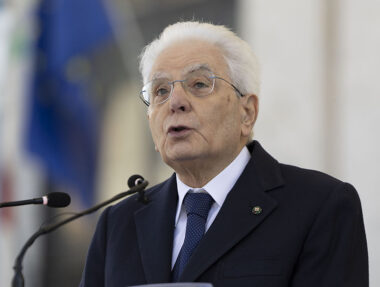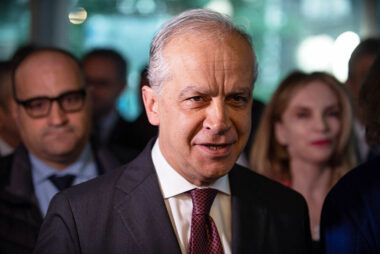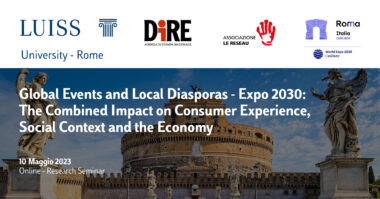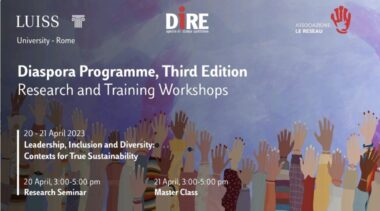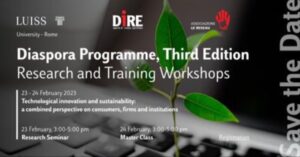Italy-South America, visions of the future at the Luiss webinar
Voices of diplomats, experts and journalists at the Diaspora Program of Luiss University

ROMA – Encouraging encounters and education in a new era, made of free choices where historical ties enrich connections based however on today’s excellence and ability to influence. This is the common thread that runs through the Luiss Guido Carli webinar “South America-Italy: migration, culture, future”.
The event, the first in the new cycle of the Diaspora Program inaugurated last year by the Rome university, is marked by the words mobility, circularity and also and always university. “Let’s start again from people, education, cooperation and growth of talents”, begins Marco Francesco Mazzù, recruiting leader and professor of Digital & Marketing at Luiss. He talks about “bi-directional diasporic flows”, beyond the internationalization opportunities of his university: “They are important factors, at the same time cultural, economic, architectural or even culinary, that create spheres of influence.”
Also taking part is Mirtha Racelis Mella, president of the Promueve Rd association, of Dominican origin and a life spent in Rome. “Italy has a lot to offer in the educational field” is her opening premise. “Then there are ties that last over time: in the Dominican Republic, those enrolled in the Registry of Italians Resident Abroad (AIRE) number more than 10,000, not counting non-enrolled residents totaling at least 50,000. Even the Presidential Palace was designed by an Italian, the architect Guido D’Alessandro.”
At the heart of the webinar are diplomats, experts and journalists from Italy and Latin America. In the foreground Argentina and Brazil, the major powers, also due to the vitality and numbers of communities of migrant origin. Take Sao Paulo, the leading city in the world by number of Italian descendants. The Consul General, Filippo Larosa, makes the point by immediately clarifying: “We must stop compounding stereotypes, which do not take us far, and instead encourage a look at contemporary Italy.”
The diplomat continues: “I have just spoken on TV talking about Samantha Cristoforetti, who in a few months will be in charge of the International Space Station.” Just an example, to make the point. “We have to talk about our classical culture – La Rosa underlines – but also about contemporaneity, showing the Italy of SMEs, one of the seven strongest economies in the world.”
Mariano Gazzola, of the General Council of Italians Abroad (CGIE), is on the same wavelength. He talks about students and “mobility”, stressing how it is necessary to “update the image of immigrants with cardboard suitcases, who, even in the Italian case, have contributed so much with their savings and remittances to the growth and economic boom in their land of origin”. Today it is a different story, insists Gazzola: “In this globalized world of ours, distances are increasingly shorter; those who leave do so freely to gain work experience in another country, and culture can play a role.”
Orienting the choice, that is the challenge. This is confirmed by Carlo Cauti, editor-in-chief of Exame magazine and president of the Association of Foreign Correspondents in Brazil, who is also a former student at Luiss. Speaking from Sao Paulo he points out that “in Latin America, the skills acquired in leading Italian universities are appreciated”. He adds that “then there is another path, the one towards Europe and Italy, which many young Brazilians could take”.
The same holds true also for Argentina. “In Greater Buenos Aires alone, people with Italian passports number almost half a million”, calculates Consul General Antonio Puggioni. In his speech, he calls for a “fresh image” to restore the “sense of productive and cultural excellence”. Alessandra Crugnola, secretary of the embassy in Montevideo, highlights that “in Uruguay there are 130,000 people enrolled in AIRE and almost 40% of the national population has Italian origins”. It is like saying that today, with this last suggestion coming from La Rosa, “in Brazil and Latin America they might prefer an Italian university to Yale”.
Le notizie del sito Dire sono utilizzabili e riproducibili, a condizione di citare espressamente la fonte Agenzia DIRE e l’indirizzo www.dire.it
